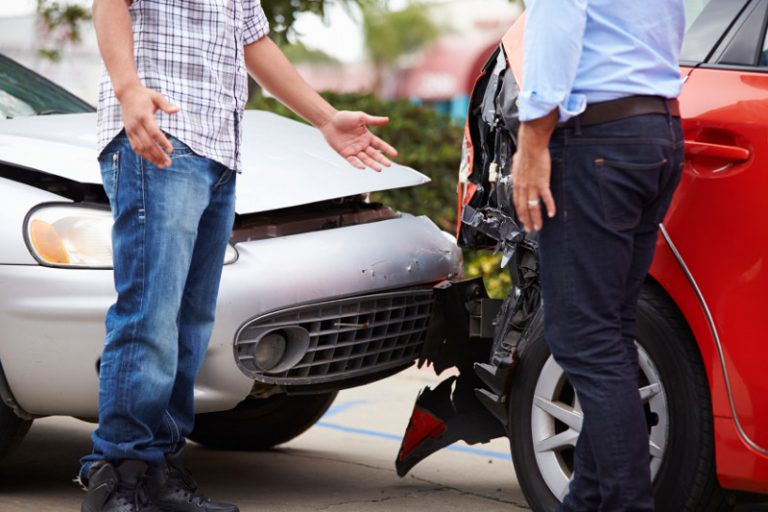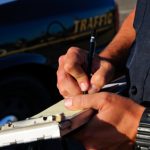Last updated on September 13th, 2019 at 09:09 am.
When you’re travelling in a foreign country, having an accident might be one of the last things on your mind. However, the risk is probably greater than in your own country. Driving a hire car on holiday, the majority of people have probably not studied the traffic laws too closely. Even living abroad, you can assume that the rules are more or less the same.
However, discovering the rules of roundabout navigation when you’ve hit the central reservation, is just too late. Of course, it might not have been your fault. Those driving in Spain are as much at risk from tourists who don’t know the rules as getting the rules wrong themselves. And when that ‘crunch’ happens it’s then that you suddenly realise you haven’t got a clue what to do.
Hopefully it will never happen. However, on the basis that it is best to be prepared, you should familiarise yourself with the accident report form. This should be with your car insurance details and is an important piece of paper work in the event that you do get caught out.
The accident report form
The report form is the opportunity for you to record what has occurred when you have an accident. It asks all the essential questions that your insurance company will need the answers for.
It asks for:
- The personal details of the drivers
- The details of the vehicles involved
- A jointly agreed description of the drivers’ manoeuvres when the accident took place
- A drawing of the accident
- A section in case anyone was injured
There should be a copy of the report form in English and an advice leaflet. The form will help the insurance company make the decision about who was responsible for the accident. Once it’s completed it should be signed and you must keep a copy. Check the details supplied by any other drivers to make sure they are the same as on any official documents they have.
Now you have this form safely located, let’s look at the steps you should take following an accident.
1. immediate safety
The first rule is to keep calm. You will be shaken, if not injured and lots of thoughts will be rushing through your head. Switch on your hazard lights. Check the present position of your car. Is there somewhere safe you can take it that doesn’t continue to block the flow of traffic?
If you are lucky there will be a side lane, forecourt or other opportunity for you to pull away and check the damage. Of course, if you or any of your passengers are injured you must call the emergency services on 112 immediately.
There is no need to call the police if no-one is injured and public property hasn’t been damaged. However, if you suspect that the other driver has been drinking then you should still call them. If the police are called, if possible you should leave the car where it is.
If someone is seriously injured then you must not try to move them but cover them, stay with them and wait for the emergency services to arrive. If there is risk of fire then you will need to try and take them to a place of safety.
If you are unable to remove your car to somewhere out of the flow of traffic you should place the two warning triangles. The first triangle must be about 5 metres behind the car in the direction of the traffic and the second about 100 metres. You should also put on your high-visibility jacket.
Having secured the safety of yourself and your passengers and avoided any further risk to other road users, you now need to look at the damage, if you can.
2. reviewing the damage
This is where you need to reach for your accident report form. Complete the form (see above). The guidance is that you should never admit responsibility. This is for the insurance company to decide.
Remember you can always call your insurance company if you are unsure what to do. In any event you should contact them with details of the accident within 24 hours.
3. getting your vehicle home
Once the form is completed and you and anyone else involved has signed and swapped the relevant documents, then you will want to get your vehicle back home.
You should not attempt to drive it if you are injured, very shaken or there is damage that could make the vehicle unsafe at all. That is where insurers come in. Call the number provided with your insurance documents and they should send out a grúa which is a breakdown truck.
Once your vehicle is collected then the system is very much in full flow and you should find that the insurance company takes over from there. In the end, your health and well being and that of those around you is what’s most important, whatever the outcome for your vehicle.
No comments yet
There are no comments on this post yet.




Leave a comment